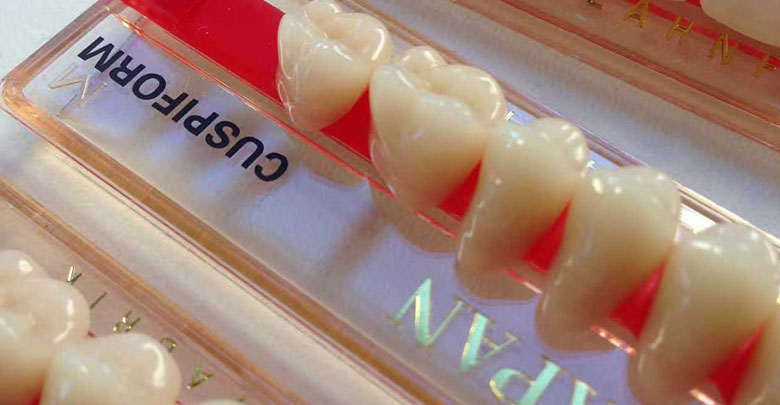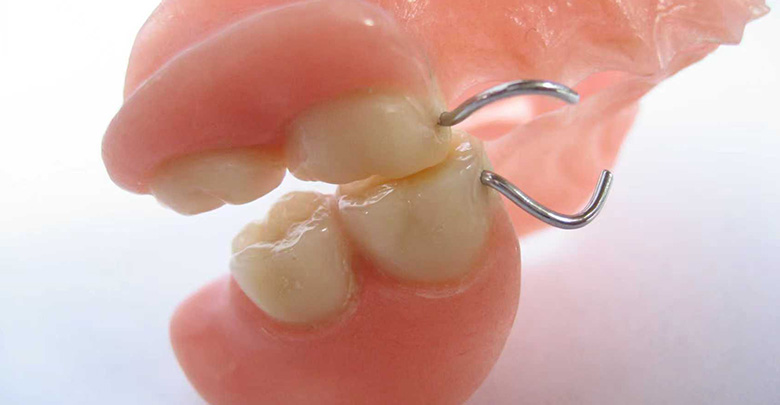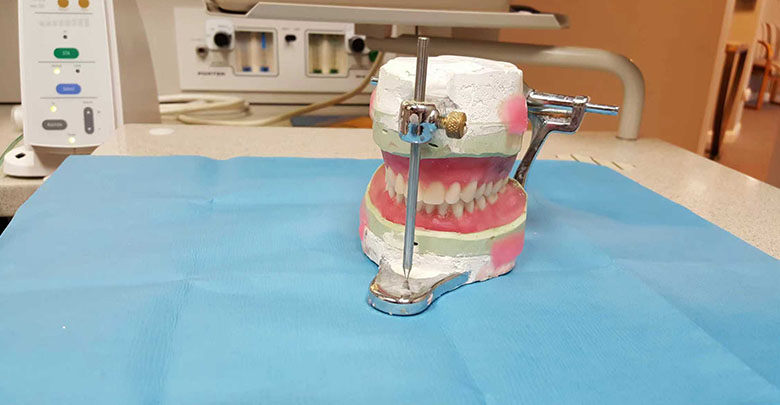
W przypadku utraty zębów, szczególnie po wielokrotnej lub całkowitej utracie zębów, protezy ruchome stały się istotną metodą przywracania funkcji żucia, wyglądu twarzy i mowy. W miarę upływu czasu pacjenci stają przed coraz szerszym wachlarzem możliwości wyboru.
Czy powinni zdecydować się na dojrzałe technicznie, opłacalne protezy tradycyjne, czy też wybrać stabilne, wygodne, ale droższe protezy ruchome wsparte na implantach? Niniejszy artykuł zawiera zwięzły przegląd różnic między tymi dwiema opcjami, wskazówki dotyczące wyboru odpowiedniej protezy oraz porady dotyczące codziennej konserwacji obu typów.
Spis treści
Różnica między protezami wspartymi na implantach a tradycyjnymi protezami zębowymi
Podstawowe różnice między protezami ruchomymi wspartymi na implantach a protezami tradycyjnymi dotyczą trzech aspektów: zasady podparcia, przenoszenia sił i metod retencji.
Zasada wsparcia
Protezy ruchome wsparte na implantach
Podstawowa siła podparcia pochodzi z integracji między samym implantem a kością wyrostka zębodołowego (osseointegracja). Implant służy jako sztuczny korzeń zęba dla protezy, bezpośrednio przenosząc siły zgryzowe na kość szczęki.
Błona śluzowa jamy ustnej zapewnia jedynie dodatkowe wsparcie i uszczelnienie, a nie główne obciążenie. Oznacza to, że nawet przy znacznej resorpcji kości wyrostka zębodołowego możliwe jest uzyskanie solidnego podparcia przy odpowiedniej ilości i jakości wszczepionych implantów.

Konwencjonalne protezy zębowe
Mechanizm podparcia: Opiera się głównie na kości wyrostka zębodołowego i błonie śluzowej dziąseł, aby wytrzymać nacisk żucia. Protezy górne mogą wykorzystywać całe podniebienie jako powierzchnię ssącą, ale protezy dolne cierpią z powodu zmniejszonej stabilności ze względu na obecność języka i mniejszą powierzchnię ssącą.
Transmisja siły
Protezy wsparte na implantach
Siły żucia są przenoszone przez koronę → łącznik → implant, ostatecznie docierając bezpośrednio do kości szczęki. Ten sposób przenoszenia sił naśladuje naturalne zęby, zapewniając fizjologiczną stymulację kości i skutecznie zapobiegając resorpcji kości wyrostka zębodołowego spowodowanej nieużywaniem.
Tradycyjne protezy zębowe
Siły żucia są przenoszone bezpośrednio przez podstawę protezy na dziąsła i leżącą pod nimi kość wyrostka zębodołowego. Stanowi to nienaturalne przenoszenie sił, ponieważ omija więzadło przyzębia - naturalną strukturę ciała pochłaniającą nacisk.
Metody retencji
Protezy wsparte na implantach
Osseointegracja między implantem a kością zapewnia absolutną retencję mechaniczną, ze stabilnością niezależną od sąsiednich zębów lub ssania błony śluzowej.
Konwencjonalne protezy zębowe
Protezy całkowite (gdy w jamie ustnej nie pozostały żadne naturalne zęby) opierają się głównie na ciśnieniu atmosferycznym między błoną śluzową jamy ustnej, napięciu powierzchniowym wytwarzanym przez ślinę i ssaniu w celu utrzymania. Protezy częściowe (gdy pozostały naturalne zęby) wykorzystują zatrzaski do zaczepienia na naturalnych zębach, zwiększając retencję.
Są to podstawowe różnice między protezami wspartymi na implantach a protezami konwencjonalnymi.

Jak wybrać najbardziej odpowiednie rozwiązanie protetyczne w oparciu o indywidualne potrzeby?
Kompleksowa ocena warunków osobistych
Rozważania dotyczą przede wszystkim trzech aspektów: stanu zdrowia, stanu jamy ustnej i oczekiwań dotyczących jakości życia wraz z budżetem finansowym.
Stan zdrowia
Pogląd, że seniorzy nie nadają się do wszczepiania implantów dentystycznych jest błędny. Wiek nie jest głównym czynnikiem wpływającym na wybór rodzaju protezy. Zamiast tego należy skupić się na tym, czy u pacjenta występują schorzenia lub nawyki, takie jak choroby układu krążenia, cukrzyca, osteoporoza lub palenie tytoniu w przeszłości.
Dokładna ocena jest niezbędna przed podjęciem decyzji.
Stan jamy ustnej
Kluczowe czynniki obejmują liczbę i lokalizację brakujących zębów, zdrowie pozostałych zębów oraz wysokość, szerokość i gęstość kości wyrostka zębodołowego. Dentysta wykorzysta obrazowanie CBCT do oceny tych aspektów.
Oczekiwania dotyczące jakości życia i budżet
Implanty dentystyczne mogą przywrócić wydajność żucia do ponad 90% naturalnych zębów, podczas gdy tradycyjne protezy osiągają tylko 20-30% naturalnej wydajności żucia. Stabilność: Protezy wsparte na implantach są wyjątkowo bezpieczne, podczas gdy tradycyjne protezy mają słabą stabilność i mogą przesuwać się podczas mowy, żucia lub kaszlu. Koszt: Protezy wsparte na implantach są znacznie droższe, podczas gdy tradycyjne protezy są stosunkowo przystępne cenowo.
Skonsultuj się z doświadczonymi protetykami i implantologami.
Nie porównuj tylko cen - dokładnie oceń referencje lekarza, historię przypadków i doświadczenie.
Poproś lekarza o szczegółowy plan leczenia, w tym:
- Schematy proponowanego planu
- Oś czasu
- Podział kosztów
- Potencjalne zagrożenia i odpowiednie środki zaradcze
Rozważ skonsultowanie się z wieloma klinikami w celu porównania, aby wybrać najbardziej odpowiedni plan leczenia.
Podsumowanie
Podstawowe różnice między protezami wspartymi na implantach a tradycyjnymi protezami polegają na ich zasadach podparcia, przenoszeniu sił i metodach retencji. Wybór najbardziej odpowiedniej protezy wymaga profesjonalnej porady dentysty po dokładnym badaniu.
